Choosing a power system for portables
Manufacturers of portable devices quickly discover that it is difficult to equip a portable device with the right battery pack. The selection of a battery cell will have a major impact on the functionality, size, cost, and success of a portable device. Designers face a variety of options, from simple sealed-lead-acid battery packs to complex lithium-ion packs that include electronic safety, monitoring, and charge-control circuitry.

Today's battery packs can include electronic safety, monitoring, and charge-control circuitry.
NiMH
Offering capacities up to twice the equivalent-size nickel cadmium (NiCd) cells, nickel metal hydride (NiMH) batteries are lighter and more environmentally friendly and do not require safety electronics. NiMH is replacing lead-acid in many applications as the cost-effective intermediate step between lead-acid and lithium-ion as well as NiCd batteries in high-rate applications such as power tools.
On the downside, the self-discharge rate of these cells requires that they be recharged at least once per year when in storage, and NiMH also suffers from voltage depression (to a smaller degree than NiCd), causing memory effect.
Li-ion
Lithium-ion (Li-ion) cells offer 1.5x the capacity by weight and up to 2x the energy by volume of NiMH cells, have no memory effect, and have a self-discharge rate one-third that of nickel-based chemistries. However, Li-ion cells require protection circuitry to keep voltage and current within safe limits.
Until recently, Li-ion has not been suitable for power tools and other devices that require a high discharge rate. However, several battery suppliers now offer Li-ion cells that can provide high discharge rates.
Using nanoscale electrode technology, A123 Systems has developed a new Li-ion cell that delivers up to 5x power gains, 10x longer life, and the ability to recharge to 90% of its capacity within five minutes, according to independent testing. The A123 cell is an extremely stable electrochemical system that can withstand abusive conditions such as overcharge or overdischarge without going into thermal runaway, making it a safer and more robust alternative to traditional lithium chemistries.
Li-polymer
Lithium-polymer's (Li-polymer) advantages are higher energy density by weight than Li-ion and higher volumetric energy density in thin formats using less than 5-mm cell thickness. Available in virtually any footprint, Li-polymer's stability in overvoltage and high-temperature conditions gives designers a wider margin of safety than with Li-ion.
One significant issue is that the Li-ion electrolytes typically have a low boiling point, causing the metal package to swell at high temperatures. By contrast, the Li-polymer electrolyte is a gel or solid typically with a higher boiling point, making it more stable and less prone to swelling at high temperatures.
Lithium cells of all types are generally less tolerant of abuse than other common cell chemistries. In addition, lithium rechargeable batteries must meet regulations requiring that battery packs containing more than 8 g of lithium must be shipped as Class 9 hazardous materials.
NiCd
Less expensive than NiMH, NiCd cells are a cost-effective option for portable applications. Another NiCd attraction is long cycle life and the ability to provide a high discharge rate.
NiCd chemistry has fallen out of favor for several reasons, among them raised environmental concerns over toxic cadmium and an energy density lower than that of NiMH and Li-ion. In addition, if a NiCd cell is repeatedly partially discharged and recharged, a drop in voltage and apparent loss in capacity can occur.
Sealed lead-acid
Sealed lead-acid (SLA) batteries have easy maintenance, a low self-discharge rate, and low cost compared to other rechargeable chemistries. The main disadvantage of SLAs is their low energy density, which makes them bulky and heavy.
Pure lead/tin SLAs are suitable for cyclical applications like scooters and wheelchairs, as well as outdoor applications and others that require wide operating temperature ranges. Lead/calcium batteries are typically found in standby power systems or applications requiring a low-cost power source.

This chart compares energy densities for various primary and rechargeable battery chemistries.
Primary batteries
Inexpensive and disposable, alkaline batteries are widely available, have a moderate drain rate, and a shelf life of five years or more. On the downside, alkaline has a lower energy density than lithium primary cells and an electrolyte that freezes at –20



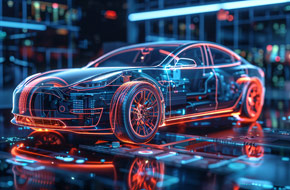

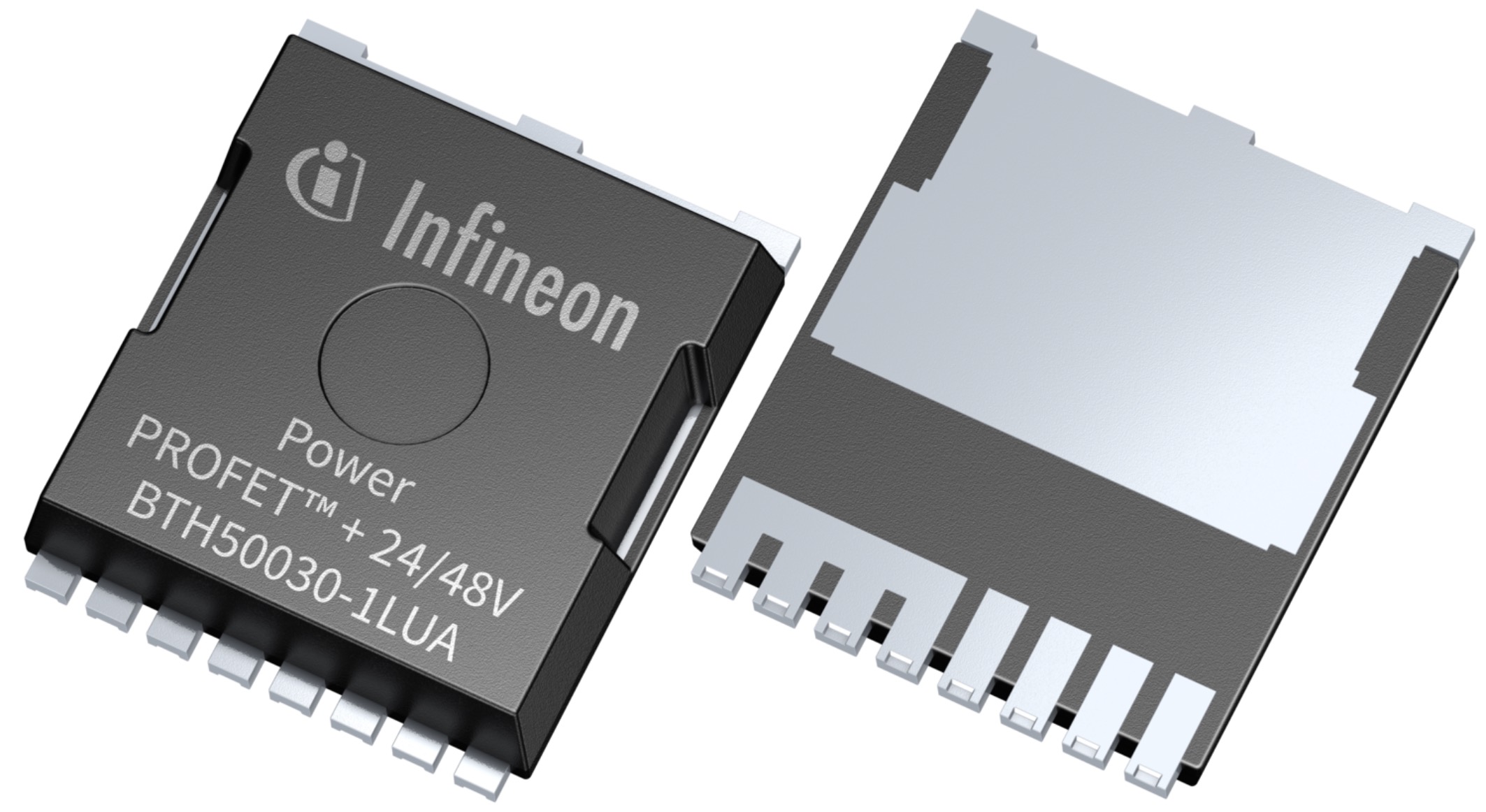
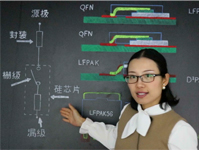
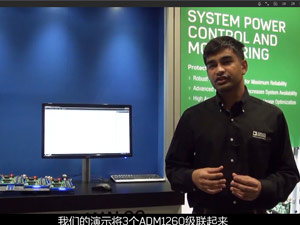







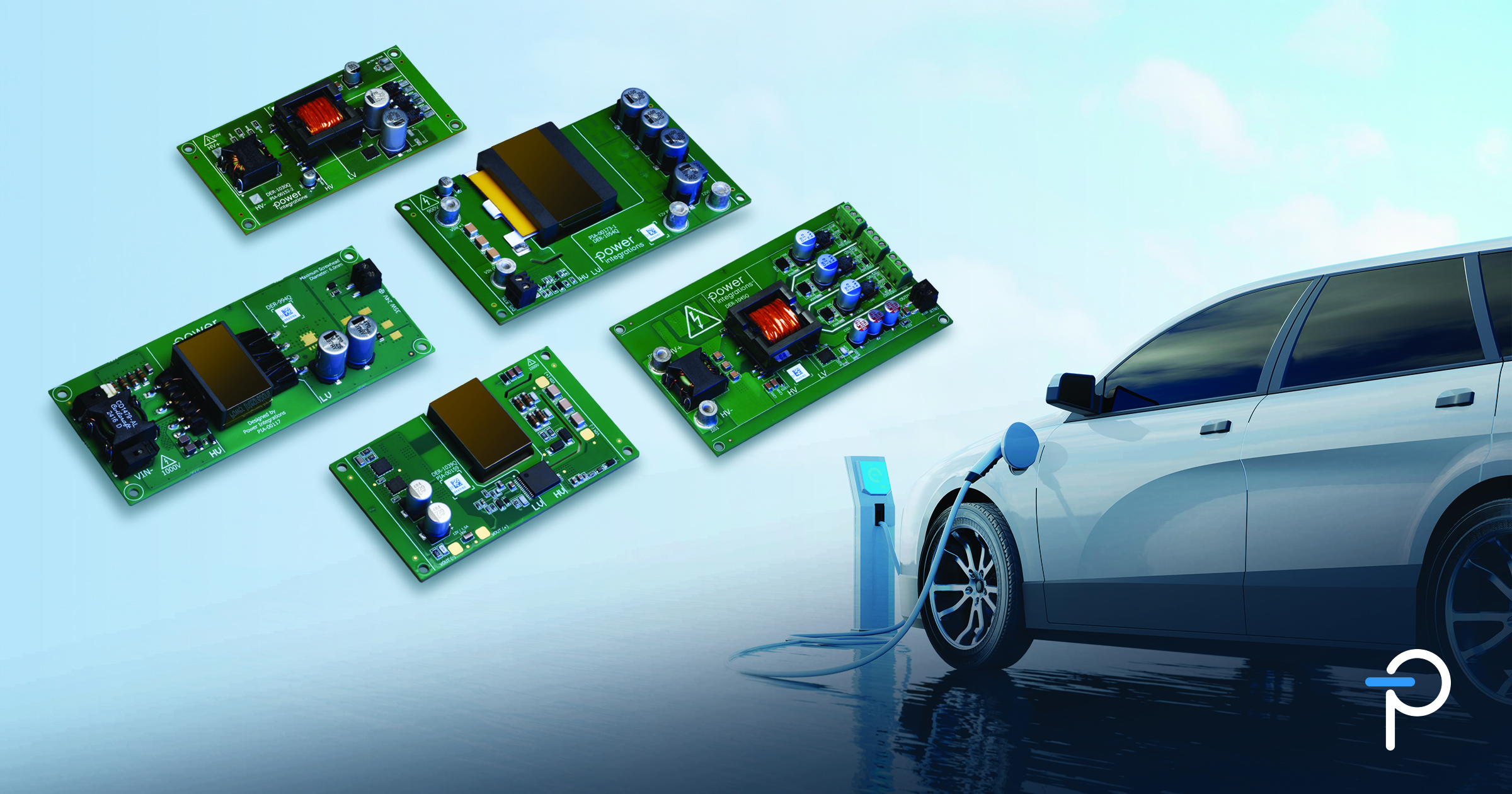
評論